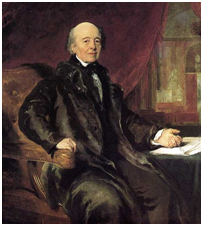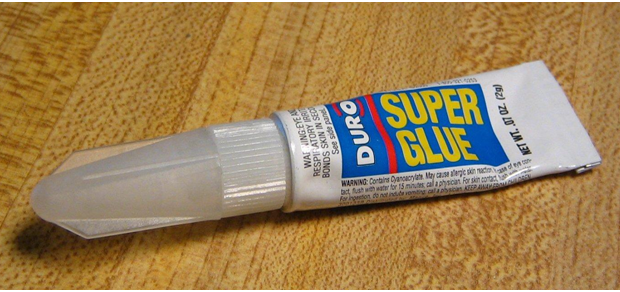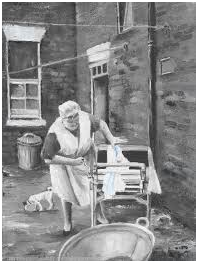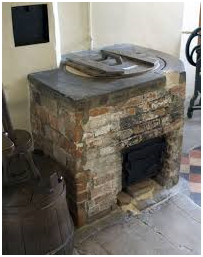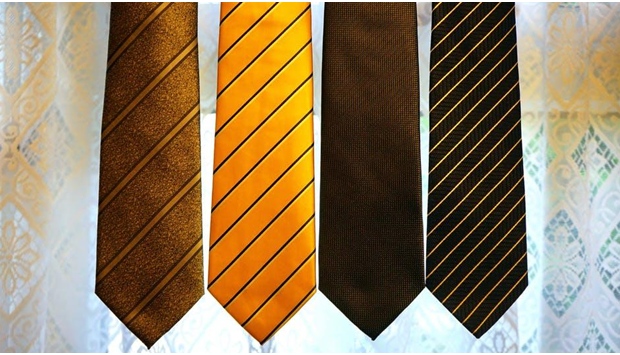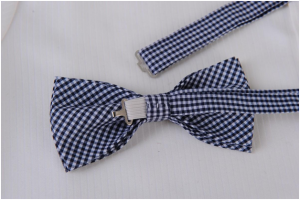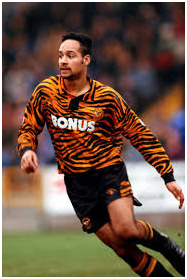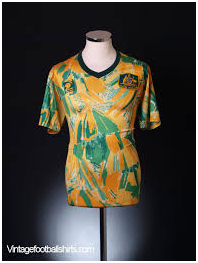With winter starting to set in, it can be extremely tempting to batten down the hatches and hide away in hibernation until next spring – but this is not only one of the best times of the year to get out and about in the countryside, it is also hugely beneficial to your mind and body to go out and enjoy some fresh air in the countryside. Not to mention, you can treat yourself to some of this winters fashions such as Ralph Lauren menswear, and this will mean that you stay smart, cozy, and warm – so you really have no excuses to get out and about!

One of the best places to go and enjoy the great outdoors is the Forest of Dean in Gloucestershire – as well as having a wide range of wide-open spaces, and picturesque views, there is plenty for adults and kids alike, as well as places to explore when the weather is slightly damp…
For scenic views, you will be spoilt for choice. If you fancy a bit of a climb, then walk up to the summit of May Hill, where you will be able to see all around across Gloucestershire and beyond – on a clear day you can see as far as the Black Mountains in Wales.

Get underground on a rainy day and explore the world beneath the surface at Clearwell caves – learn about the history of the mining in the Forest and see the stunning caves and maybe even the local bats that live in them!
Read Full Article







